The flag of Bulgaria, with its tri-band of white, green, and red, is a beacon of the nation’s sovereignty and pride.
The flag reflects the country’s journey and aspirations. Each color is poised to unfold its tale of Bulgaria’s diverse environment, rich cultural fabric, and the indomitable spirit of its citizens. The flag is not merely an emblem but a unifying symbol that encapsulates the heart of Bulgaria and its vision for the future.
Bulgarian Flag
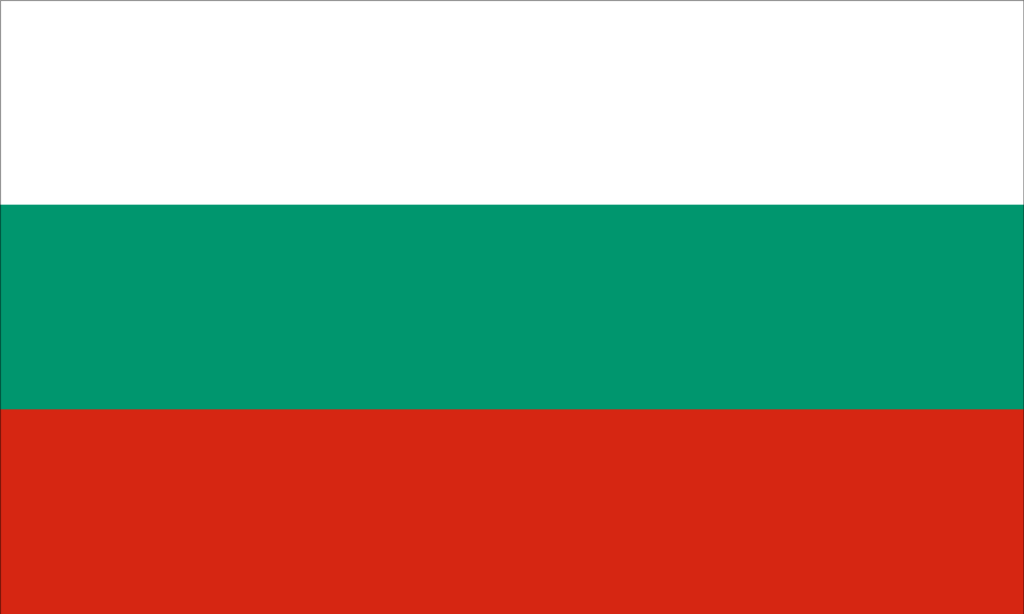
The Bulgarian flag presents a trio of horizontal bands, each equally sized but varying in color, creating a striking visual symbol recognized worldwide.
The design is symbolic of Bulgaria’s national character, with a timeless and symbolic layout reflecting the country’s enduring values without the need to delve into the specific meanings of the colors.
Bulgarian Flag: Color Palette
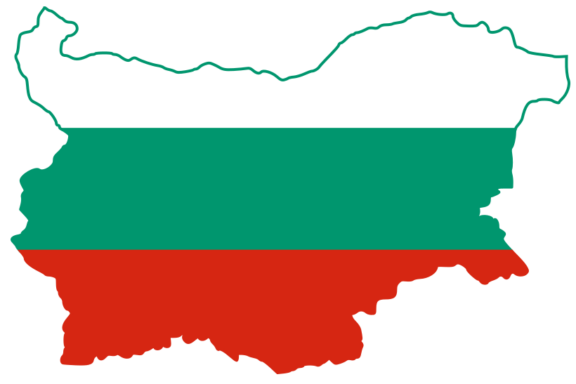
Bulgarian Flag Emoji: 🇧🇬
The color palette of the Bulgarian flag is a carefully chosen collection of hues, each selected for its significance and harmony with the others. As the introduction to a deeper exploration of each color, it’s important to note the cohesive balance and contrast they bring to the flag’s overall aesthetic.
This triad of colors stands as a visual statement of Bulgaria’s national character before we delve into the unique story each stripe narrates.
Meaning of Each Color
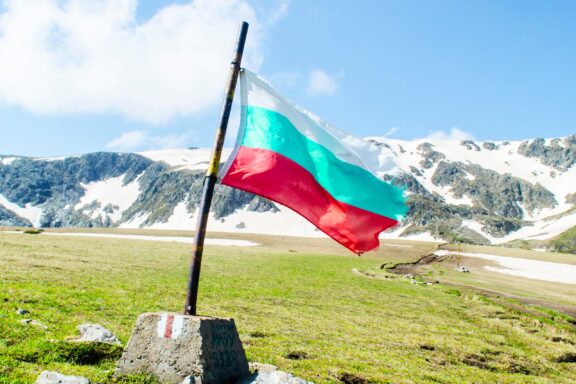
White
The white in Bulgaria’s flag, beyond peace and purity, may also represent freedom, encapsulating the spirit of independence that has long driven the nation’s historical narrative. It’s a reminder of the sky above, suggesting limitless potential.
Green
Green captures the verdant valleys and the agricultural backbone of Bulgaria, a nod to the fertility of the land and the nation’s commitment to growth and prosperity. It also reflects the hope for a prosperous future, echoing the importance of the environment and its preservation in Bulgarian culture.
Red
Red symbolizes the valor and bloodshed in the struggle for freedom, a tribute to the sacrifices made by Bulgarians. It is a color of love and passion, embodying the warmth and hospitality intrinsic to Bulgarian society.
Bulgarian Coat of Arms
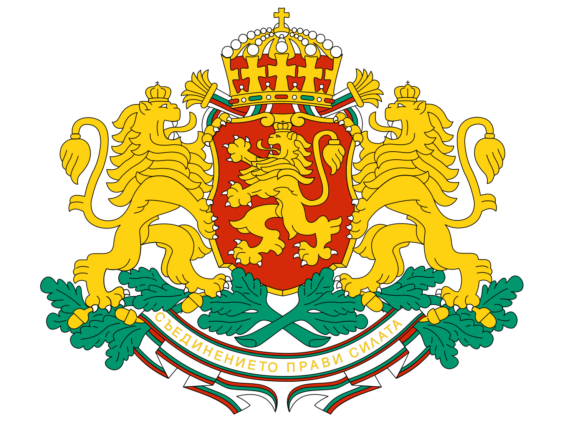
The coat of arms of Bulgaria, with its crowned lion and dark red shield, conveys the nation’s regal heritage and the courage of its people. The crown, recalling the glory of past kingdoms, combined with the lion, a timeless symbol of power, underlines Bulgaria’s sovereignty and historical depth.
The coat of arms, steeped in tradition, asserts the nation’s dignity and the collective resolve embodied in the motto “Unity makes strength,” highlighting the shared identity and purpose that fortify Bulgaria’s place in the world.
Historical Evolution and the Meaning Behind Changes
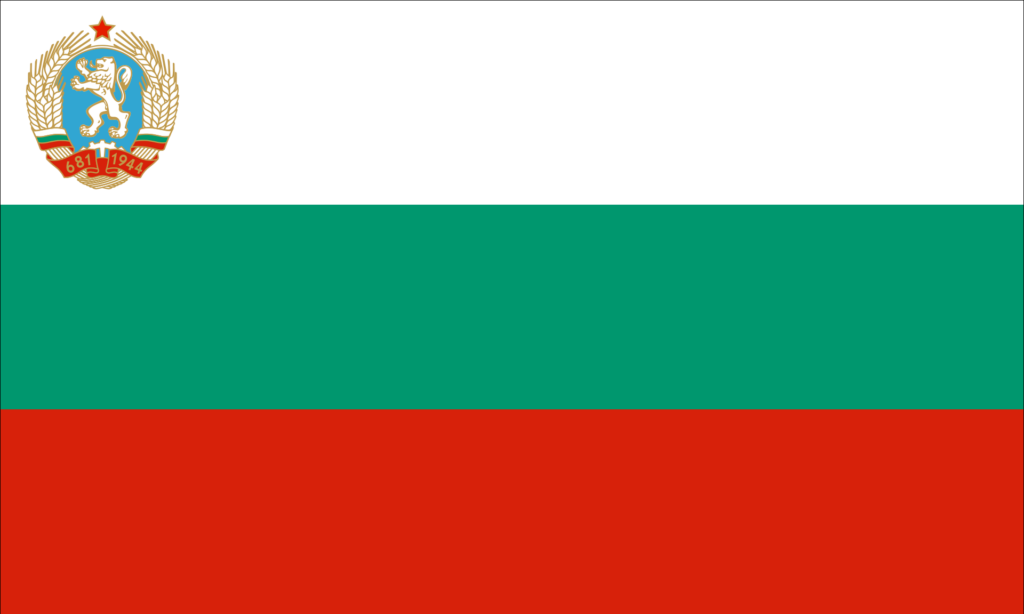
The colors and design of the Bulgarian flag reflect its historical evolution. Red banners, varying in design, marked the early military history of the First Bulgarian Empire, while later centuries saw flags with white or gold backgrounds displaying the House of Shishman’s insignia.
The current tricolor was established in the Tarnovo Constitution of 1879 following the Russo-Turkish War. The communist era introduced a state emblem to the flag, but this was removed after the fall of communism.
Today, the national flag of the Republic of Bulgaria features the simple tricolor, reverted on 27 November 1990 to mark Bulgaria’s transition to democracy and its commitment to its historical roots.
Overall Symbolic Meaning of the Flag
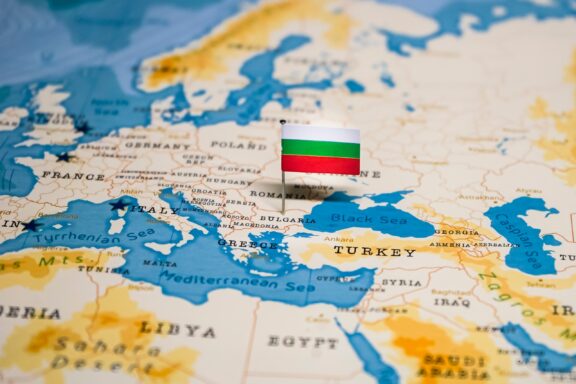
The Bulgarian flag serves as a cohesive symbol, with its tricolor pattern reflecting the nation’s evolution, the richness of its landscapes, the dynamism of its culture, and the resilient character of its citizenry.
The flag is a silent storyteller, a banner under which Bulgaria’s collective experiences and shared dreams are represented. It is a declaration of the country’s sovereign legacy and a continuous inspiration for its future.
Similar Flags to the Flag of Bulgaria
While distinctive in its own right, the flag of Bulgaria shares its horizontal stripes with several other national flags, each with its unique blend of history and symbolism.
Hungary
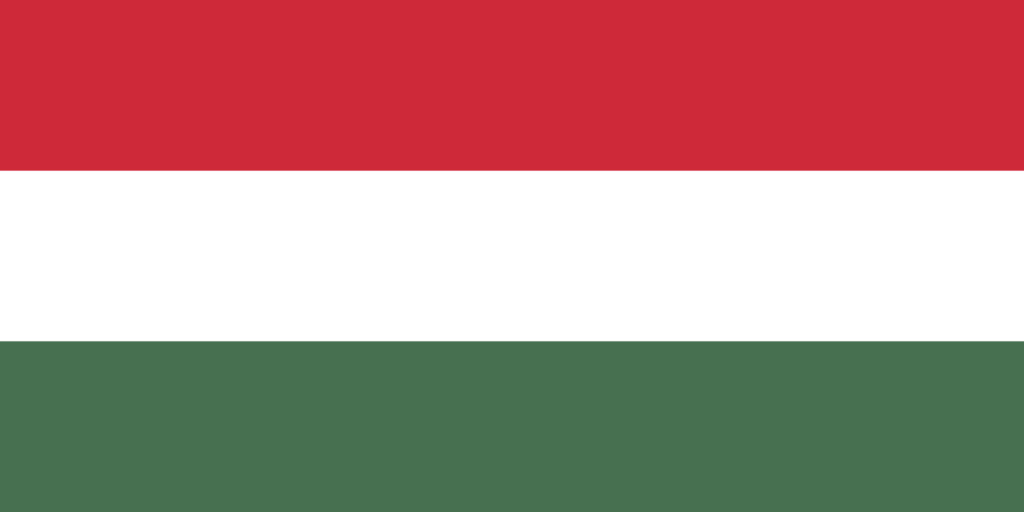
The flag of Hungary also features red, white, and green colors but is arranged in horizontal stripes with red on top. The colors were adopted as a symbol of the Hungarian People’s Republic, reflecting a shared tradition of using these colors in the region’s heraldry.
Iran
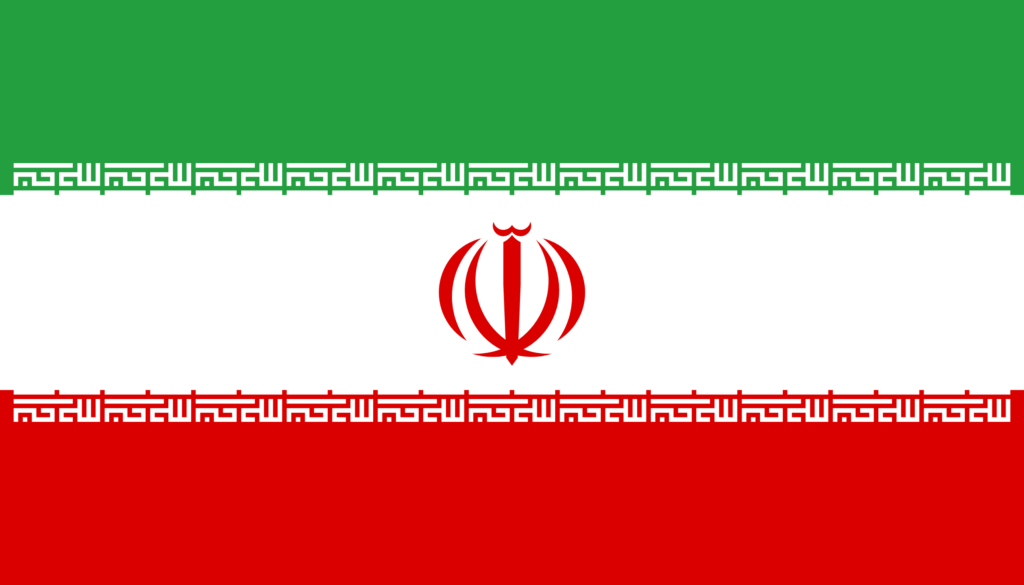
Iran’s flag also displays green, white, and red horizontal bands. However, the meanings attributed to the colors are specific to Iran, with green representing Islam, white symbolizing freedom, and red for bravery and love. The design includes a unique central emblem, setting it apart from the Bulgarian flag.
Italy
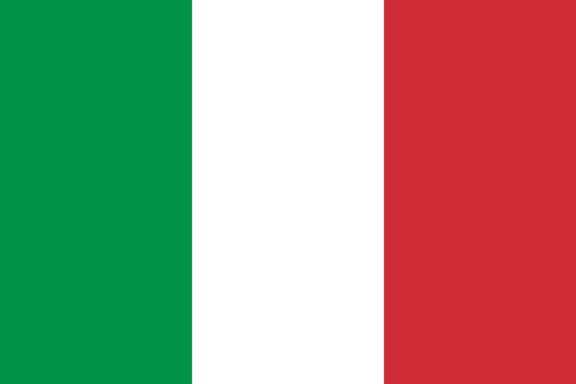
The Italian flag presents green, white, and red in vertical bands of equal size. Created in 1797, it stands for freedom, solidarity, and equality and is said to embody Italy’s historical and cultural heritage and identity, differentiating it from the Bulgarian flag through both the orientation of its stripes and the specific cultural context of its colors.
Conclusion
The flag of Bulgaria, with its distinctive tricolor, embodies the nation’s story and stands proudly among the world’s flags, symbolizing the unity and pride of its people while reflecting a deep connection to their history and aspirations for the future.
Image Sources and Copyright Information
- Bulgarian Flag in Rila National Park: © Boris Simeonov/Shutterstock
- Bulgaria Flag Pin on Map: © hyotographics/Shutterstock